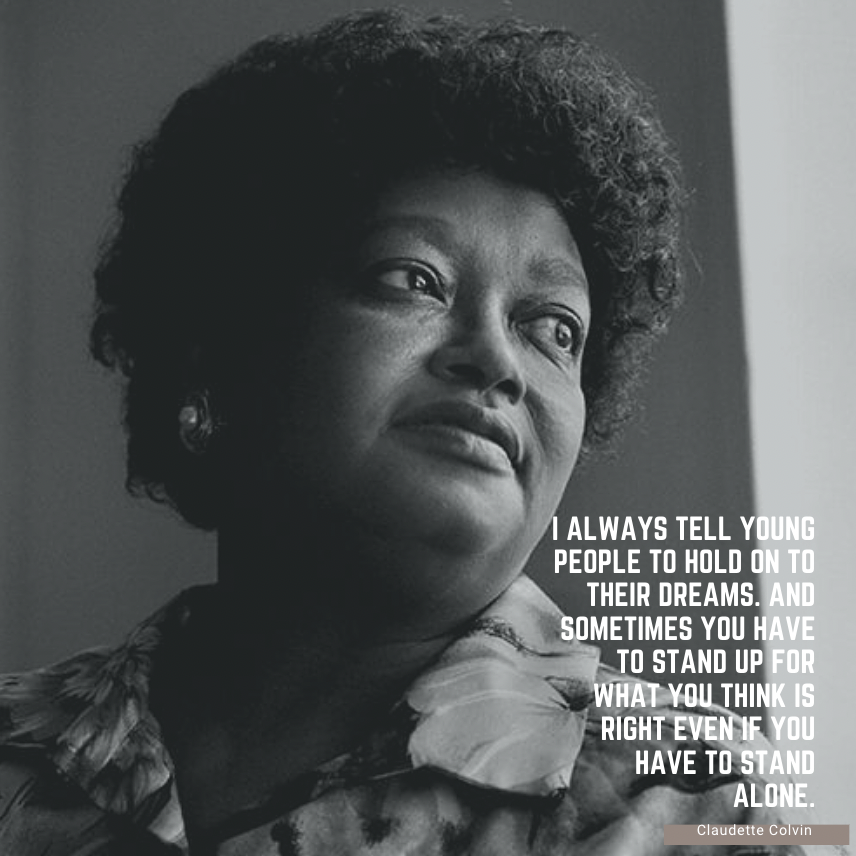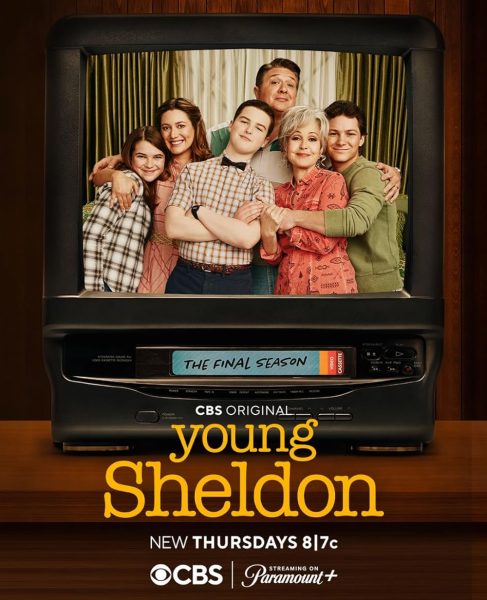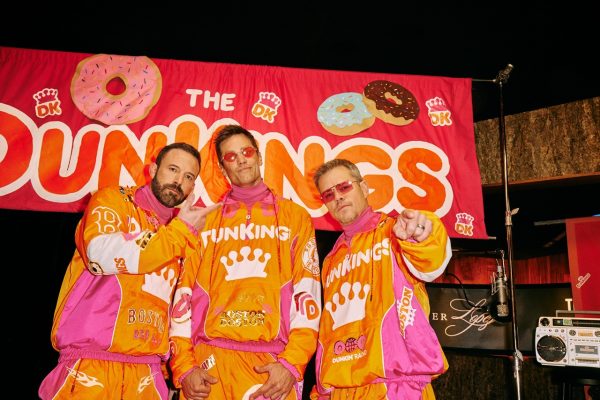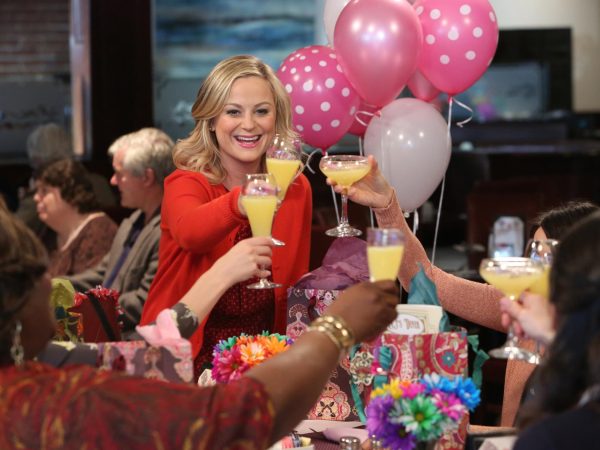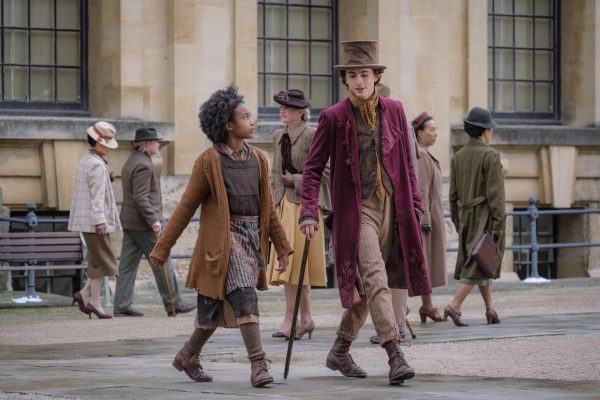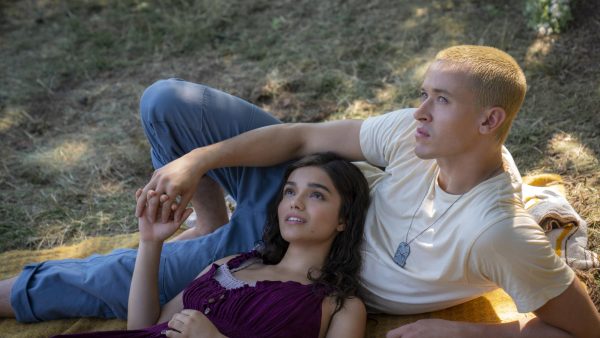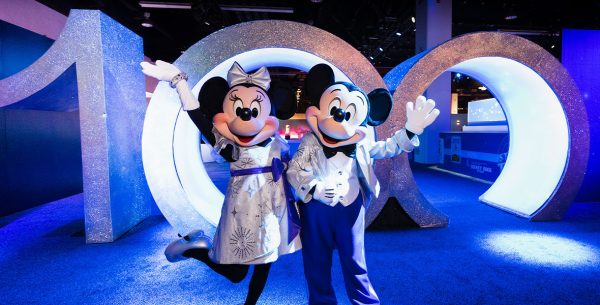Have you heard about these important Black figures in history?
Take a moment to read about some of the unsung heroes who fought for equality
February 15, 2023
As Black History Month kicks off this year, it is imperative we recognize those who have made major transformations and impacts to society. Many Black figures throughout history, from the Civil Rights movement to the Black Lives Matter Movement, have gotten the credit they deserve. However, there are still many influential Black figures that made a massive impact that continue to be under recognized and underappreciated. As RV Junior Melody Glover says, “because of these people, more and more people have gotten inspired to fight for what is right.”
Bayard Rustin
Bayard Rustin was born in 1912, and was raised by his grandparents. According to the National Park Service, he quickly realized that he wanted to be an activist because of his grandmother’s Quaker beliefs, which are rooted in peace, community, and equality. Rustin strongly advocated for racial equality and workers’ rights, and later in his life, gay rights. Bayard Rustin can most notably be accredited to organizing and planning some of the most iconic protests in the civil rights movement, including the March on Washington for Jobs and Freedom in 1963. Many may recognize the March on Washington because of Martin Luther King’s “I Have a Dream” speech, but we must remember, none of which would be possible without people like Rustin.
Rustin’s efforts were largely kept quiet, and continue to be unrecognized, because he was a gay man. Because of his sexual orientation, they didn’t want him to be a face for the movement.
Philip Randolph
Asa Philip Randolph was born on April 15, 1889, in Crescent City, Florida. Because of what his father, who was a tailor and ordained minister, had taught him, Randolph massively valued a person’s character over their skin color. Because of his mother, who was a seamstress, he “learned the importance of education and of defending oneself physically, if necessary,” according to AFL-CIO. Randolph quickly became a champion for worker rights, mostly African American workers. In 1925, he organized and led the Brotherhood of Sleeping Car Porters, which aimed to improve the working conditions of African American railroad porters who worked for the Pullman Company. This was the first successful African American led labor union, and until this point, many African American workers were left without union representation.
In 1941, Randolph called for a march on Washington, as to demand an end to workplace segregation and discrimination. This led to Executive Order 8802, stating that there should be “no discrimination in the employment of workers in defense industries or Government because of race, creed, color, or national origin.” Because of this, Randolph decided to not march at the time, however the March on Washington Movement continued, and he later directed the March on Washington for Jobs and Freedom in 1963.
Claudette Colvin
We all know Rosa Parks; the Black woman who refused to move to the back of the bus. But what many don’t know is that she wasn’t the first to do it. At age 15, Colvin took a window seat near the exit door when the white bus driver told her to move, as there was a white passenger standing, waiting for the seat, which Colvin refused to do. Two white police officers dragged her body off the bus. According to The Guardian, “she was handcuffed, placed in jail and charged with violating segregation laws, disturbing the peace and assaulting a police officer. She pleaded not guilty, but was convicted. (Two of the charges were dropped on appeal.)” Colvin’s actions inspired Rosa Parks to do the same soon thereafter, and the entire new wave of the civil rights movement to come.
Colvin’s efforts and bravery continue to be overlooked and stepped on. She was largely excluded from being a face of the movement because she “didn’t have good hair,” was darker-skinned and was a pregnant teenager. Regardless of these factors, Colvin was still the first Black woman to sit in the front of the bus.
These three crucial Black figures, amongst thousands more, and their contributions, continue to be overlooked and undermined. Because they didn’t fit the ideal image, there were harsh reasons as to why they were excluded from history.
“People are people and what they do matters,” said Glover. “The world isn’t always a fair place, but I feel like through getting more involved, we can change the messed up patterns and mistakes the people in the past have made, and finally recognize these individuals.”
These people are left out of textbooks, conversations, etc. and people still don’t know their names. It is time we, as a society, take a look at history and all of the people who made it.

